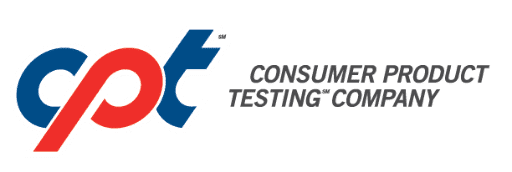Rosacea is an unsightly skin condition that affects millions of people. To soothe symptoms, various treatments are being developed — all of which require clinical testing to ensure efficacy and safety.
The final products sold for use in the market have been developed in a chemical laboratory before being tested in a clinical laboratory by volunteer subjects. This clinical testing ensures that the best and safest rosacea skin care products are available to you.
What Is Rosacea and How Is It Currently Treated?
A chronic inflammatory skin condition, rosacea is believed to affect up to 16 million Americans. Symptoms vary from one patient to the next, with the most common signs being blushing and redness. Patients may experience phases of remissions and flare-ups and symptoms can worsen.
In total, there are four recognized subtypes, increasing in severity from subtype 1 to subtype 4:
- Subtype 1 (Erythematotelangiectatic Rosacea) — Facial redness (including flushing and the appearance of small blood vessels)
- Subtype 2 (Papulopustular Rosacea) — Bumps and pimples (persistent redness, as well as the formation of bumps or pimples)
- Subtype 3 (Phymatous Rosacea) — Enlargement of the nose (thickening of the skin and an enlarged nose)
- Subtype 4 (Ocular Rosacea) — Irritation of the eye (dry eyes, swollen eyelids, burning eyes, recurring styes, possible corneal damage)
To treat rosacea, physicians may prescribe a combination of prescription medications with other skin care treatments.
How Are These Treatment Products Developed?
When scientists develop rosacea skin care products, various active ingredients and biochemicals must be thoroughly tested. In one study, published in the Journal of Drugs in Dermatology, scientists discovered that a combination of licochalcone A (an anti-inflammatory) and trans-t-butylcyclohexanol (TRPV1 antagonist) effectively alleviated sensitivity in patients with rosacea subtype-1.
Following the clinical assessment, it was concluded that this combination produced a desirable effect and was well tolerated. It was also determined that this treatment could be used alone or in conjunction with other therapies. This is just one example, as all treatments undergo vigorous testing.
Researchers would identify the unique needs of rosacea patients. Once an idea has been developed to meet that unique need, the research component begins. Following the formulation process, each product prototype is subjected to numerous tests during the varying stages of development.
After specific tests are performed, including those that focus on safety, such as toxicology, clinical trials can begin. This is when subjects (patients) would test the latest rosacea treatments, offering their honest feedback. When a product makes a specific claim, such as “reduces redness,” clinical trials have been performed to substantiate that claim.
You Can Help by Becoming a Product Tester
Did you know that you can volunteer to test rosacea skin care products in a safe, credible clinical testing facility? As new studies are being developed, they require subjects. In this case, there may be specific criteria, such as:
- Male and female, between the ages of 18 and 65. Must suffer from rosacea or highly sensitive skin.
When you apply to become a subject, you will disclose this type of information. You can also directly apply to specific studies.
As you provide your valued opinion based on your personal experience and speak on behalf of the public, you’ll support product development. And in this case, you could assist in significantly improving the lives of others.
Have questions about how you can get involved? Please contact us today.

